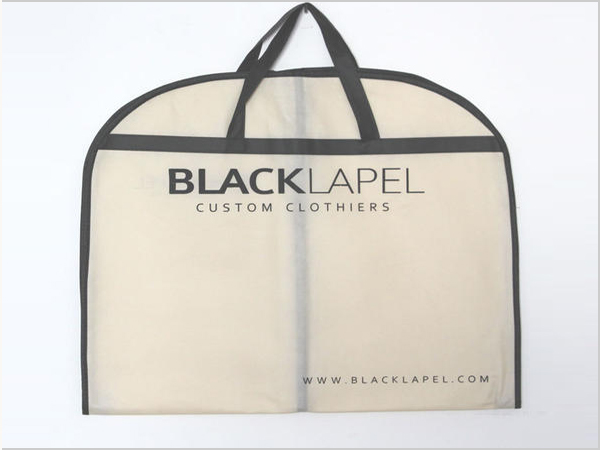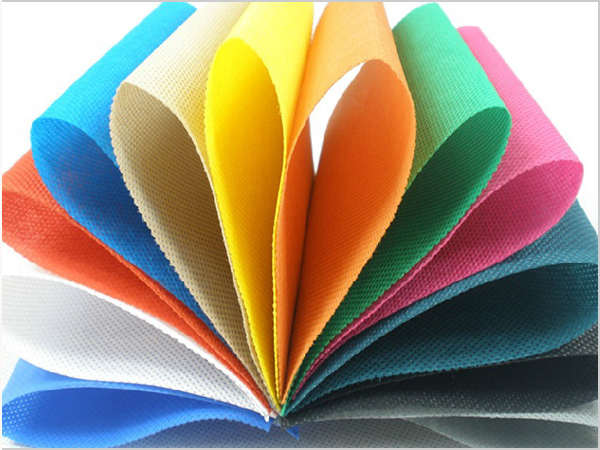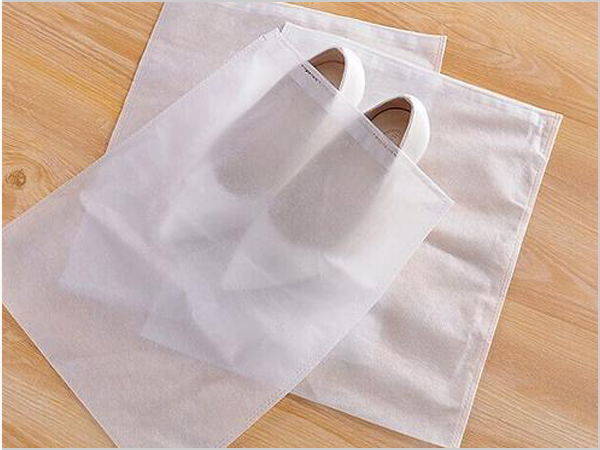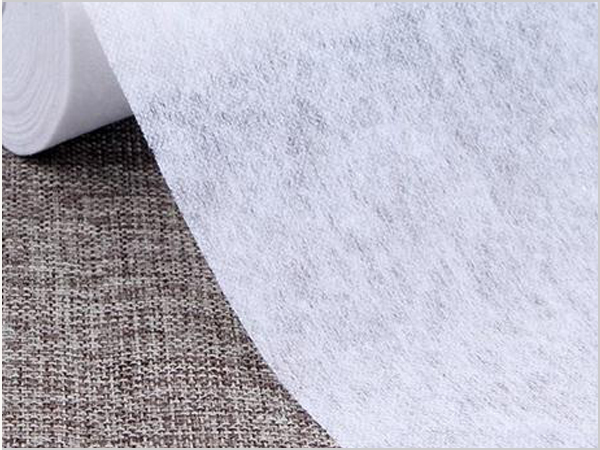- Why can spunbond nonwoven fabric dominate the market?
- Foreign trade exports are moving forward under pressure, with both resilience and challenges coexisting
- Explore the environmental protection characteristics and application fields of PP non-woven fabric
- The rise of the Latin American market is expected to become a new growth pole for China's textile foreign trade
- The production process of spunbond nonwoven fabric determines its unique characteristics!

- Telephone: 0551- 66779966
- Cellphone: 18955130444
- Email: 58792982@qq.com
- Address: Building 1-2, East of Wubu Village Section, Hehuai Road, Wushan Town, Changfeng County, Hefei City, Anhui Province
PP Spunbonded non-woven fabric is a kind of non-woven fabric, which is made of PP polypropylene as raw material, polymerized into a net after high temperature wire drawing, and then bonded into a cloth by hot rolling method.
PP spunbonded non-woven fabric, also known as polypropylene Spunbonded non-woven fabric, polypropylene spun-bonded non-woven fabric, is a new generation of environmental protection materials, with water repellent, breathable, flexible, non-combustion-supporting, non-toxic non-irritating, colorful characteristics.
If the material is placed outdoors by natural decomposition, its longest life is only 90 days, placed in the indoor decomposition within 8 years, non-toxic, tasteless and without any remaining substances when burning, so as not to pollute the environment, so environmental protection comes from this.
Due to the simple process, large output, non-toxic and harmless to human body. So it is widely used in medical and health materials non-woven, agricultural non-woven, industrial non-woven, packaging materials with non-woven and other fields.
1. Polypropylene material
Polypropylene (PP) is a kind of polymer commonly used in the process of spinning into webs. Its main performance parameters include isometric, melting index (MFI) and ash content.
The process of spinning into web requires that the isogauge of polypropylene is above 95%, if it is below 90%, spinning is difficult.
In the process of polymerization, three configurations of polymers can be produced due to the different positions of methyl groups in the three-dimensional space.
Material: 100% polypropylene fiber
Processing method: spunbond method
Color: normally according to the color card provided by the factory, or according to customer's requirements to make special color (Pantone card can be made)
Lines: small hole/sesame/cross/special lines (Most of them are small hole lines on the market, sesame points are mostly used for sanitary materials, cross lines are used for shoe materials and packaging, and single character lines are less.)
Features: It is a new generation of environmental protection materials, with moisture-proof, breathable, flexible, light weight, non-combustion-supporting, easy to decompose, non-toxic and non-irritating, recyclable, soluble, waterproof, dustproof, anti-ultraviolet, rich color, low price, recyclable and reusable characteristics.
2, use
Spunbonded non-woven fabrics are mainly used in medical Eisai, agricultural coverage, home textile household goods, packaging materials, shopping bags and other aspects, new products emerge in endlessly, widely used.
Such as masks, medical disposable isolation clothes, head covers, shoe covers, diapers, adult urinary incontinence and hygiene products, etc
17 to 100gsm (3% uv) is used for agricultural coverage
15~ 85GSM for home textile lining
40~120gsm for household products
50~120gsm for packaging materials
100~ 150GSM is used for blinds, car interior decoration, photography background cloth, advertising cloth, etc.
- Why can spunbond nonwoven fabric dominate the market?
- Foreign trade exports are moving forward under pressure, with both resilience and challeng
- Explore the environmental protection characteristics and application fields of PP non-wove
- The rise of the Latin American market is expected to become a new growth pole for China's
- The production process of spunbond nonwoven fabric determines its unique characteristics!
- The global trade landscape is undergoing significant changes in 2025
- The 11th China International Silk Conference was held in Shengze
- What are the core advantages of spunbond nonwoven fabric?
- What are the magical aspects of the manufacturing process of spunbond nonwoven fabric?
- The textile industry is enjoying dual policy benefits



